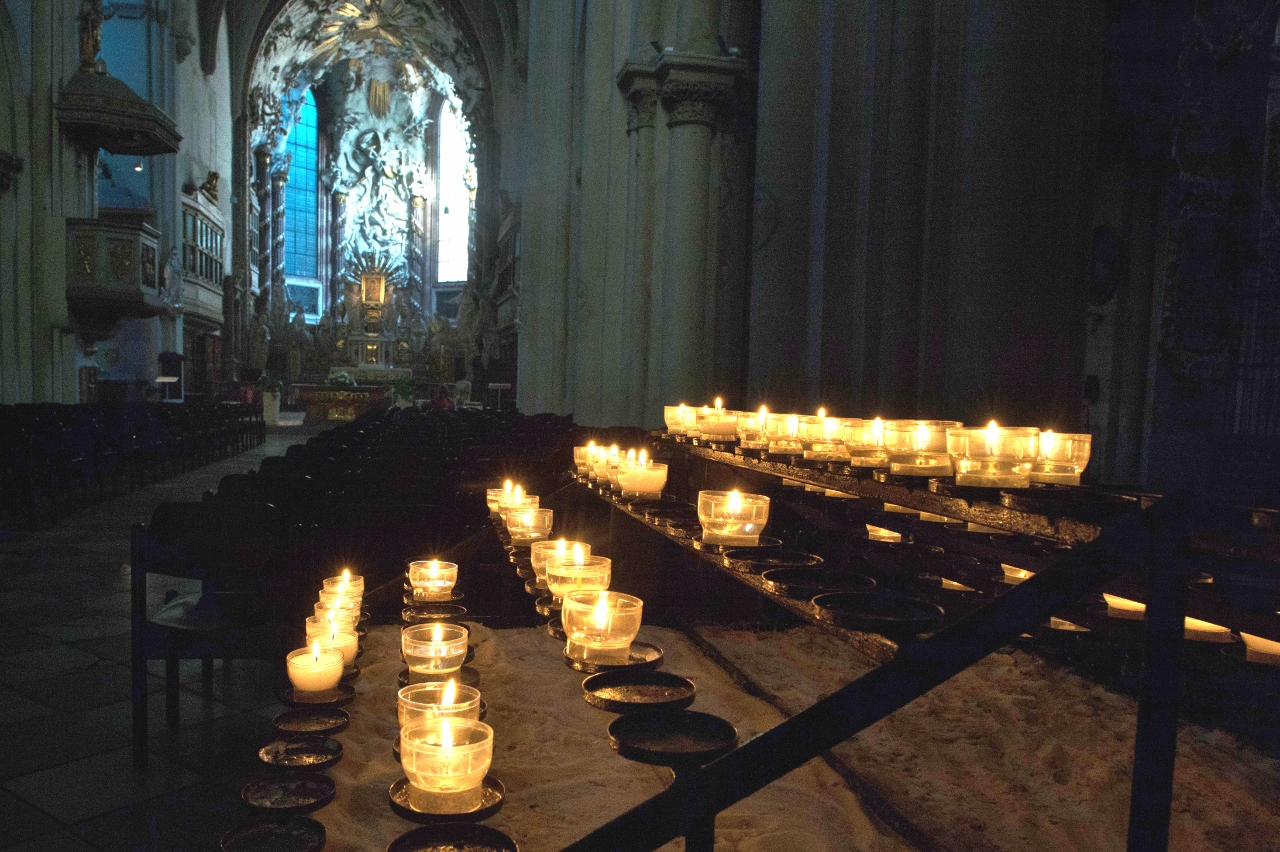A Brief History of St. Michael’s Church, crypt and monastery
The construction of the Habsburg imperial and royal parish of St. Michael began in the Romanesque period around 1200. The first year of construction is confirmed by three entrance arches dating back to the years 1220-1250.
In the period between 1340 and 1450 the Gothic annexes were built. The cross chapel is the prime example of this epoch. From the middle of the 16th century, the crypt of St. Michael, known as Michaelergruft, was known and used as a burial place instead of the cemetery until 1784. Numerous coffins and gravestones still prove this. Guided tours are available.
In the course of the Counter-Reformation St. Michael was entrusted to Barnabite Order in 1626. The order, also known as the Order of Saint Paul, originated from the monastery of St. Barnabas in Milan. The choir barrier and almost the entire interior have been removed. In addition to new altars, the Sieber organ was built in 1714.
Ten years later, a sculpture of “Engelsturz” (Fall of the Angels) was erected above the portico in front of the west facade. In 1782, the choir was rebuilt for the icon of Maria Candia and a new main altar was erected with another Engelsturz behind it. After that the west facade was rebuilt in classicist style (1791).
After the collapse of the Habsburg Empire in 1923, the Barnabites, who were responsible for St. Michael for almost three hundred years, handed the parish and the cloister over to the Salvatorians, the “Society of the Divine Saviour”.
The Salvatorians in St. Michael are a modern and open community. In addition to the spiritual ministry here, the protection of the eight hundred year cultural heritage is an important task. The “Friends of St. Michael” provide vital support.
Hopefully your tour through this historic church will end in a time of prayer and reflection. The art and the religious music in the background create a special atmosphere.
The German version of this text is published in the folder of the “Friends of St. Michael”, Vienna 2008.

